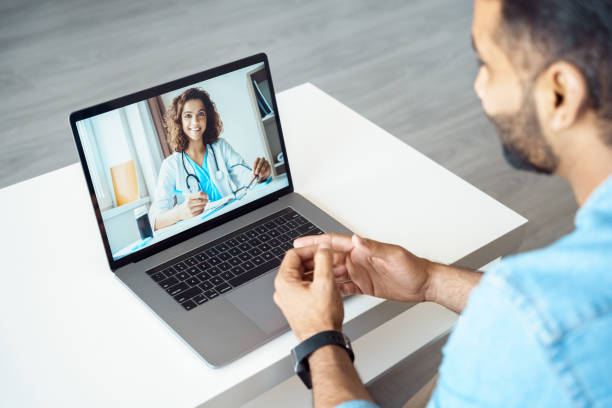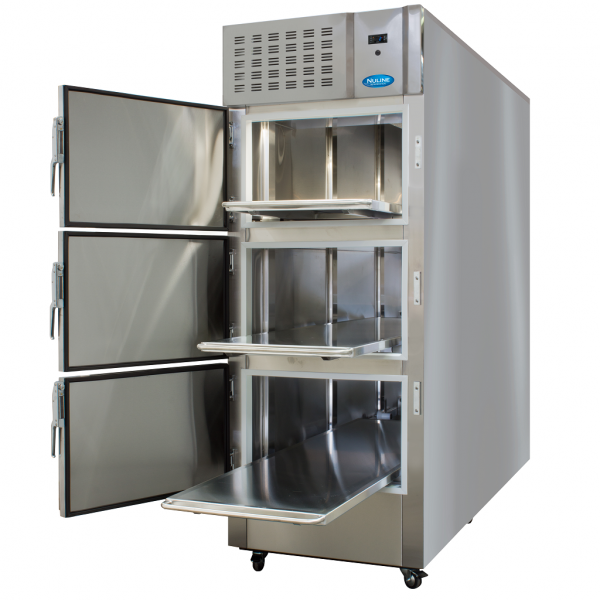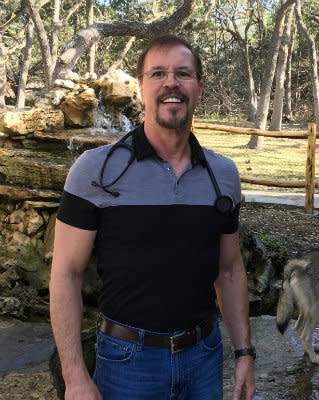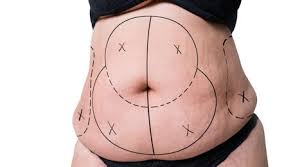
Remote Patient Monitoring: Empowering Healthcare Providers
The industry of health-related is continually growing with new advancements each year. Among the current advancements which have transformed health-related is RTM monitoring (RPM). RPM is really a modern technology that permits health-related service providers to monitor and report the health status of people from a range, reducing the volume of medical clinic trips. With all the elevated demand for good quality medical care, RPM is becoming a crucial tool to further improve individual proper care. In this article, we shall explore the key benefits of RPM along with its effect on the medical care sector.
1. Better Affected individual Outcomes:
Remote patient monitoring increases the affected person experience by offering quick and accurate reporting in their well being reputation. It is specifically ideal for constant people who call for continual tracking. With RPM, the patient data is automatically current, and their treatment prepare is adjusted consequently. This technological innovation will allow medical care service providers to identify any modifications in the patient’s condition and make interventions that may protect against hospital stay or other essential care.
2. Boosted Company Productivity:
RPM technology delivers healthcare service providers the capability to check a number of people simultaneously without getting physically present using them. It also allows them to prioritize their people who need critical attention, minimizing waiting around periods for timetabled sessions. Additionally, medical care providers can accessibility health details speedily, triggering the required treatments, as a result decreasing the possibility of deteriorating health problems and dear hospitalizations.
3. Cost-Effective Health care:
RPM gives cost-effective health care by reducing the need for hospitalization and emergency room appointments, that are high priced. The modern technology allows health care companies to provide far off proper care, which happens to be more affordable, decreasing the health care price for sufferers. Additionally, remote patient monitoring can get rid of the requirement for transportation back and forth from meetings for people who live not even close to healthcare facilities, which may be a lot more cost-effective, particularly with senior citizens and disabled populations.
4. Available Medical care for all those:
Remote patient monitoring increases entry to health-related for countryside and underserved areas, where by medical care amenities are handful of and far involving. RPM delivers a hassle-free system that patients may use to talk about their health position with healthcare providers, getting rid of the need to vacation very long miles for check-ups or consultations. This technology can also be helpful for individuals with mobility difficulties, who may have challenges vacationing or joining meetings.
5. Better Chronic Sickness Control:
Constant conditions like diabetic issues, high blood pressure levels, or heart disease demand considerable health hazards that require checking and managing. With remote patient monitoring, health-related suppliers can keep track of development with time and find any styles which need interventions. RPM modern technology gives people with personal-control possibilities that will minimize the consistency of visits for the doctor and enhance affected person self-sufficiency.
In a nutshell:
Remote patient monitoring is now a crucial device in healthcare managing. The advantages are noticeable in enhancing patient outcomes, improving company performance, inexpensive medical care, better persistent sickness control, and offering accessible healthcare for many. As health care provider’s accept RPM, more sufferers will take advantage of the enhanced proper care, lowering the medical care costs, and boosting individual total satisfaction. In line with the numerous great things about RPM, it is safe to say that it must be the way forward for healthcare, stretching health care beyond the healthcare services and into residences and places of work.



